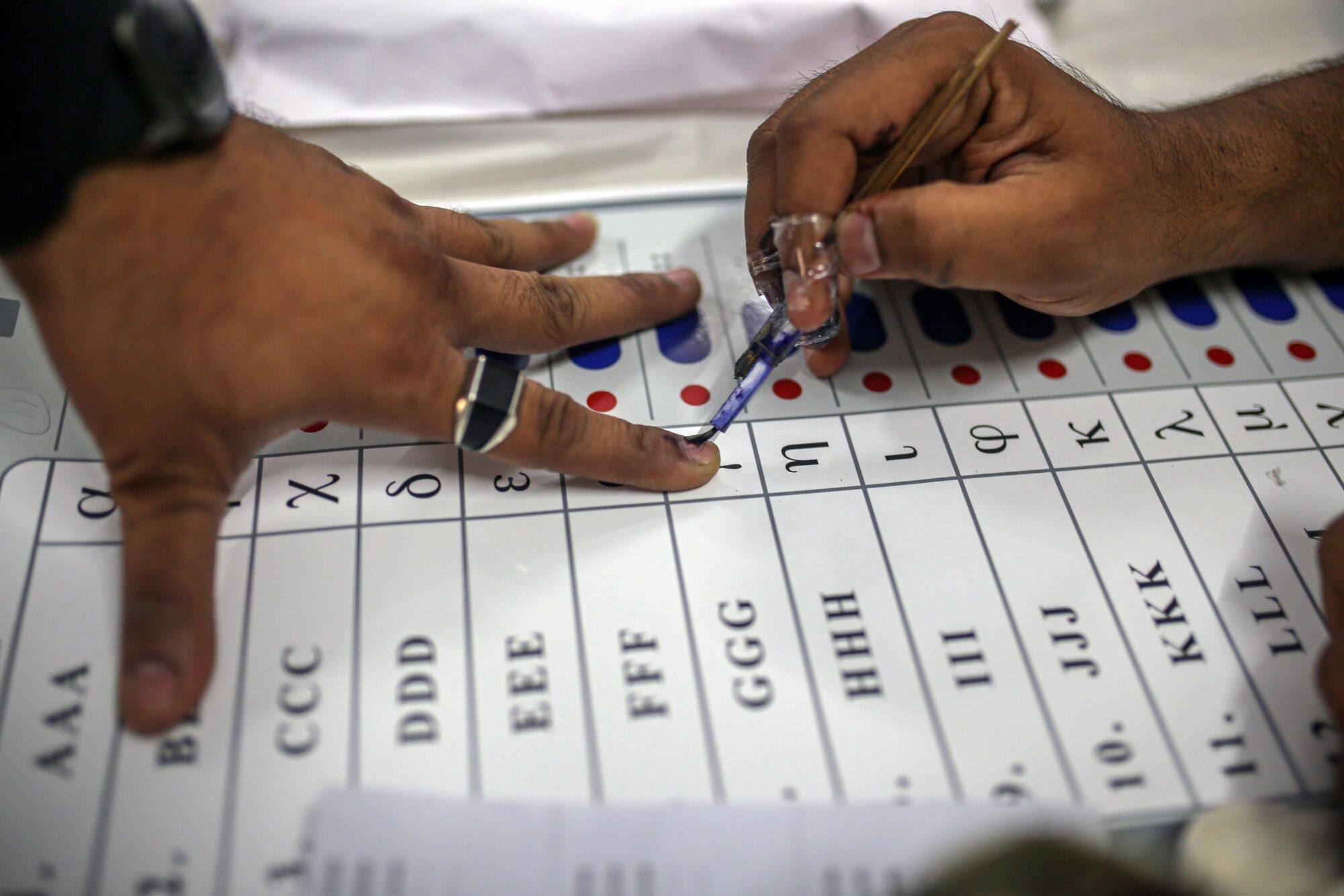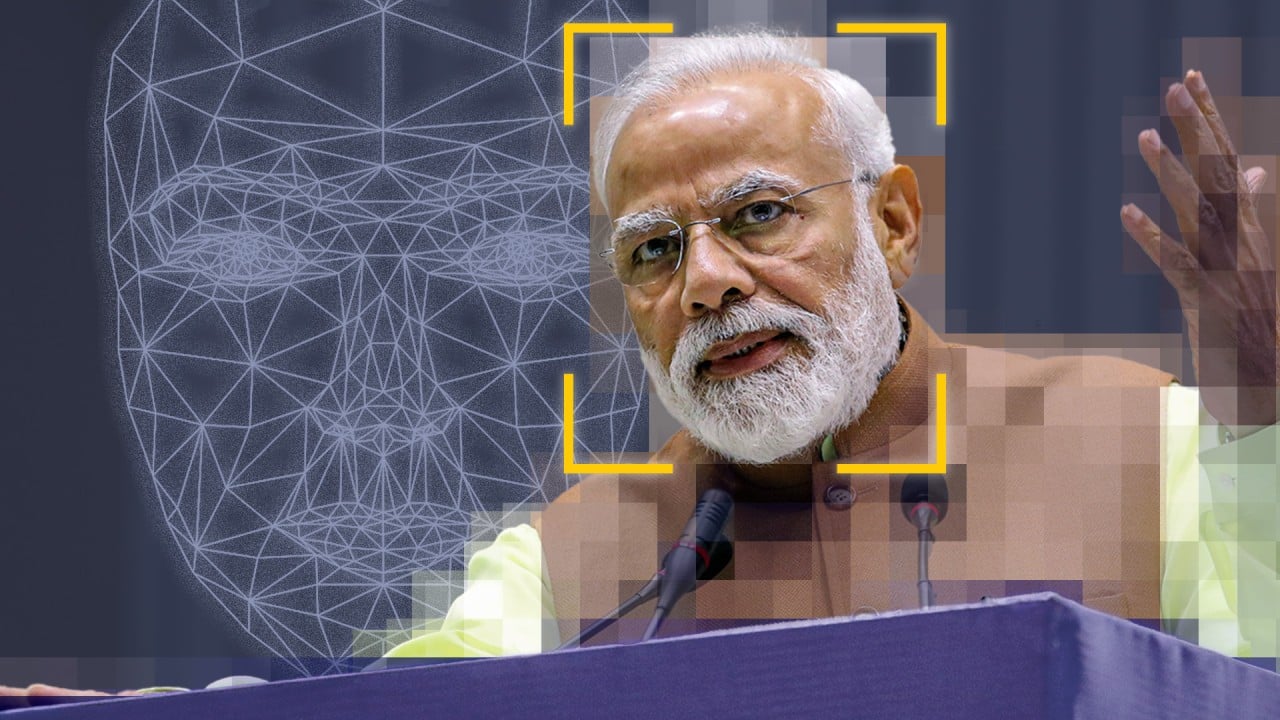While it’s too early to offer a definitive explanation for the decline, there are a handful of likely factors. Foremost among them: Voters are having a hard time getting excited about a contest that looks far from in doubt. Pre-election polls pointed to Prime Minister Narendra Modi cruising to a third five-year term in his contest against a diminished opposition.
Another possible factor: Modi’s BJP accomplished a number of its key second term objectives, including the removal of autonomy for the northern state of Jammu and Kashmir and the controversial construction of a Hindu temple in the city of Ayodhya. That’s left the party short on big new campaign promises to animate turnout this year.
“This time there is no big emotive issue on which the election is being contested, no new leadership on the campaign trail,” said Rahul Verma, a fellow at the Centre for Policy Research, a New Delhi think tank.
Modi appeared to acknowledge the challenges in an interview that aired on Indian broadcaster Republic TV. “In 2014, the country did not know me,” he said. “They knew me a bit from the media and that I worked in Gujarat. They did not know what was actually there.”
“In 2024, I am seeing that my success is becoming my challenge,” he said.
Investors said low turnout was weighing down Indian markets, with the country’s main stock index suffering its biggest one-day drop in four months on Thursday, over concerns that low participation could hurt Modi’s re-election prospects.
There are other possible factors. A scorching heatwave has smothered much of the country in recent weeks, with temperatures as much as 5C above normal on polling day in many places, including the states of Tamil Nadu, Kerala and Sikkim.
Hanan Mollah, an eight-time lawmaker from one of India’s communist parties, points to lower voting in rural areas as well, which he says is due to migration from rural to urban areas in recent years. Migrant workers, fearing they’ll lose their jobs, are unwilling to return to their home villages to vote, he said.
The hangover from India’s Covid-19 fight may also be at work. Some analysts said Indians who died during the coronavirus pandemic may not have been removed from voter rolls. If true, that could be inflating the electoral body’s count of eligible voters and depressing turnout. A 2022 study by the World Health Organization estimated 4.7 million Covid-19 deaths in India, nearly 10 times the official government figure.
“Covid deaths in India are significantly under-reported,” said Manoh Jha, a member of parliament from Bihar state.

Anti-incumbency risks
Yet the drop in turnout remains a modest one for now, and doesn’t appear likely to benefit one side or the other, according to analysts and research on prior elections. A 2018 study on Indian state elections found that rising turnout had no meaningful relationship to election outcomes.
“We have no historical or statistical evidence to suggest that turnout increase or decline is related to anti-incumbency,” Verma said.
To be sure, voter turnout isn’t down across the board. In the northeastern state of Assam and West Bengal, turnout was 85.5 per cent and 77.5 per cent, respectively, in phase three.
A member of the Rashtriya Swayamsevak Sangh, the Hindu-nationalist group with close ties to the BJP, puts the lower turnout down to the fact that the ruling party has achieved many of its promises in its decade in power and voters aren’t motivated to come out in large numbers like before. Opposition voters also aren’t turning up because they see defeating the ruling party as unlikely, the person said, asking not to be identified to speak freely about internal discussions.
Favourable turnout
The State Bank of India said a better measure of India’s voting patterns than participation rates is the outright number of voters. By that measure, the first two phases of India’s election saw 870,000 more voters casting their ballots compared with the first two phases of 2019, wrote Soumya Kanti Ghosh, chief economic adviser at the bank.
“We believe this provides a truer picture of democracy through free exercise of franchise,” Ghosh wrote.
Still, experts often point to turnout as a barometer for the health of a democracy. India’s turnout tends to compare favourably with that of developed countries, with the 2019 figure in the mid-range of countries in the Organisation for Economic Cooperation and Development, according to data from the International Institute for Democracy and Electoral Assistance.
The recent drop has spurred a renewed get-out-the-vote effort by Indian election officials. The Election Commission last week said it gave orders to state officials to come up with plans to boost turnout, saying it was “disappointed” with participation in places including “India’s hi-tech city” – an apparent reference to slumping turnout in Bengaluru.


